
Smarter email, faster business.
Trending
Global Aviation Biofuel Outlook 2025-2030: Carbon Credits and CORSIA Influence Sustainable Fuel Adoption
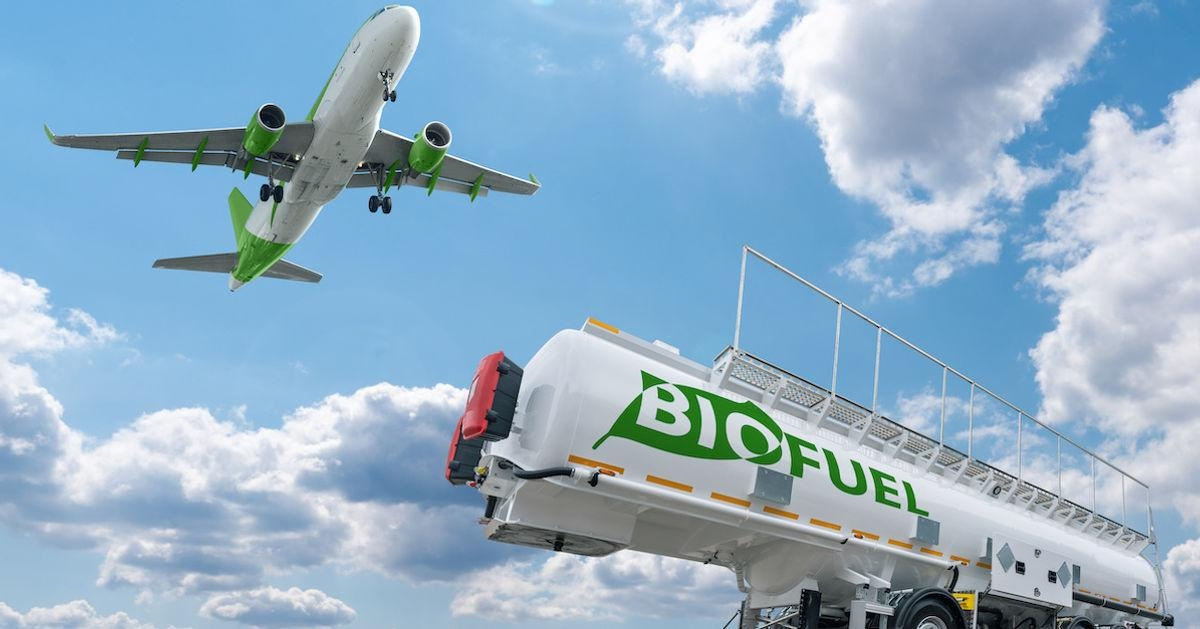
Global Aviation Biofuel Outlook 2025-2030: Carbon Credits and CORSIA Influence Sustainable Fuel Adoption
DUBLIN, June 5, 2025 — The global aviation biofuel market is set for substantial growth, with its valuation expected to increase from $38.7 billion in 2024 to $48.8 billion by 2030. This projection, outlined in the recent "Aviation Biofuel - Global Strategic Business Report" by ResearchAndMarkets.com, corresponds to a compound annual growth rate (CAGR) of 3.9%. The expansion reflects intensifying regulatory, environmental, and economic pressures that are reshaping the aviation industry’s approach to sustainability.
Regulatory Frameworks and Market Dynamics
Key international initiatives, notably the International Civil Aviation Organization’s (ICAO) Carbon Offsetting and Reduction Scheme for International Aviation (CORSIA) and the European Union’s RefuelEU mandate, are pivotal in accelerating sustainable aviation fuel (SAF) adoption. These frameworks impose stringent lifecycle emissions reduction requirements and establish SAF blending targets, driving the sector toward its ambitious net-zero emissions goal by 2050. Airlines, airports, and fuel suppliers are increasingly integrating environmental, social, and governance (ESG) objectives alongside carbon offset mechanisms, positioning biofuel adoption as a strategic priority rather than a peripheral experiment.
Feedstock Development and Supply Chain Considerations
Sustainable aviation fuels are primarily derived from renewable feedstocks such as used cooking oil, agricultural residues, municipal waste, and non-food energy crops. The regional production of SAF utilizing locally sourced feedstocks not only mitigates dependence on volatile crude oil markets but also strengthens energy security and supply chain resilience. Governments are actively promoting SAF capacity expansion as part of broader industrial policies, linking these efforts to job creation, rural economic development, and circular economy innovations.
Technological Progress and Certification Standards
The commercial deployment of SAF is underpinned by advancements in feedstock processing technologies and evolving certification standards. Conversion pathways including Hydroprocessed Esters and Fatty Acids (HEFA), Fischer-Tropsch synthesis, Alcohol-to-Jet (ATJ), and Synthetic Iso-Paraffins (SIP) are being optimized to align with regional feedstock availability and policy incentives. HEFA remains the most commercially established technology, while emerging methods targeting lignocellulosic biomass, algae, and carbon-captured e-fuels aim to enhance feedstock flexibility. Industry participants are investing in low-cost, non-edible, and waste-based inputs to circumvent land-use conflicts and address food security concerns.
Industry Challenges: Cost, Supply, and the SAF Paradox
Despite notable progress, the aviation biofuel sector confronts significant challenges. High production costs and limited SAF supply continue to impede widespread adoption. The U.S. Energy Information Administration maintains cautious forecasts for biobased diesel and SAF production, reflecting the complexities involved in scaling output. The industry faces a "SAF catch-22": expanding production capacity is essential to meet growing demand, yet elevated costs restrict broader market penetration. Airlines remain committed to achieving net-zero emissions by 2050 but caution that the premium cost of SAF may result in increased airfares for consumers.
Market Outlook and Future Trajectory
The availability of SAF is steadily increasing, with over 100 global locations now offering the fuel. Nevertheless, the market must carefully balance supply and demand while navigating the intricacies of carbon credit mechanisms and compliance with CORSIA regulations. As climate targets become more stringent and global air travel demand recovers, aviation biofuel is evolving from a niche sustainability initiative into a mainstream component of the aviation fuel supply chain. This transition holds the potential to decouple industry growth from carbon emissions, positioning air travel as a climate-resilient and net-zero mode of connectivity.

Key Questions on Chinese Travel, AI, and Airlines Answered by Skift
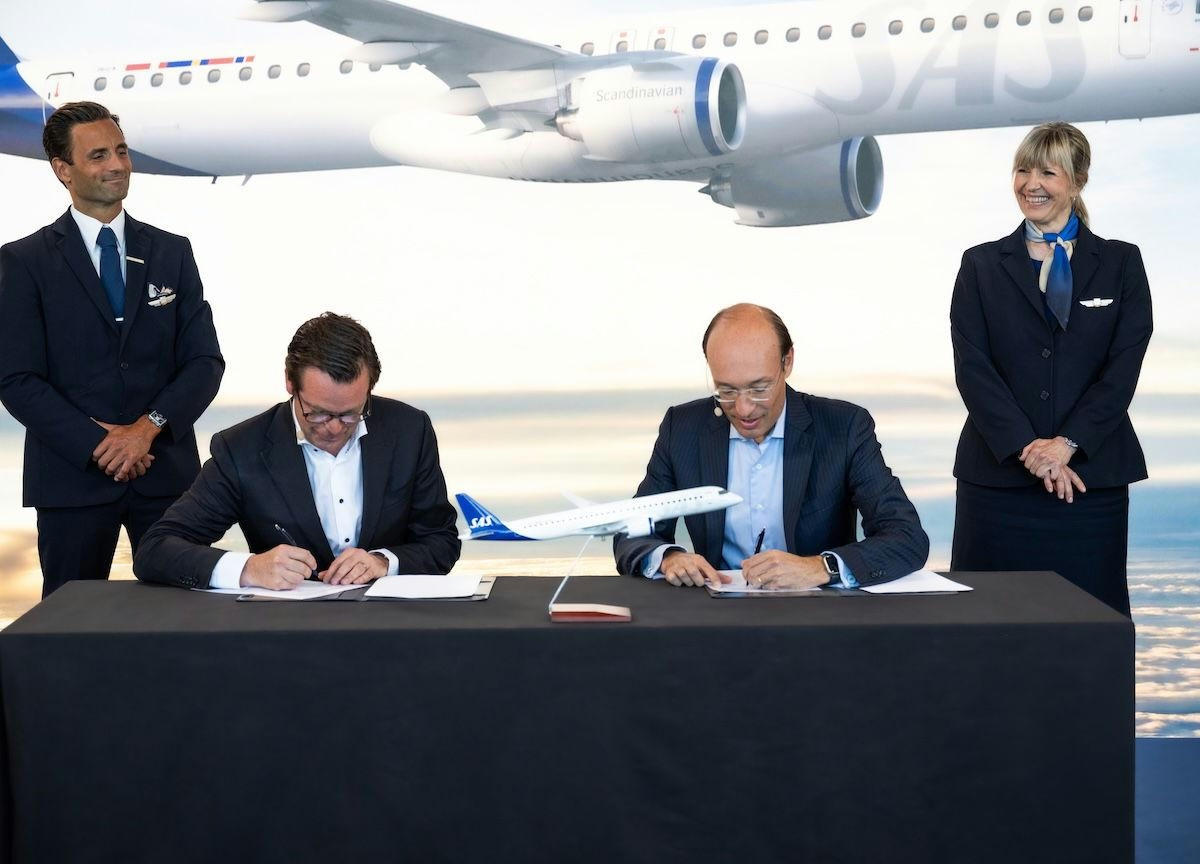
SAS Orders Up to 55 Embraer E195-E2 Jets

Portugal Hosts Aviation Pioneers at World Aviation Festival in Lisbon

World Star Aviation Backs XMAL’s First Lease Deal with easyJet
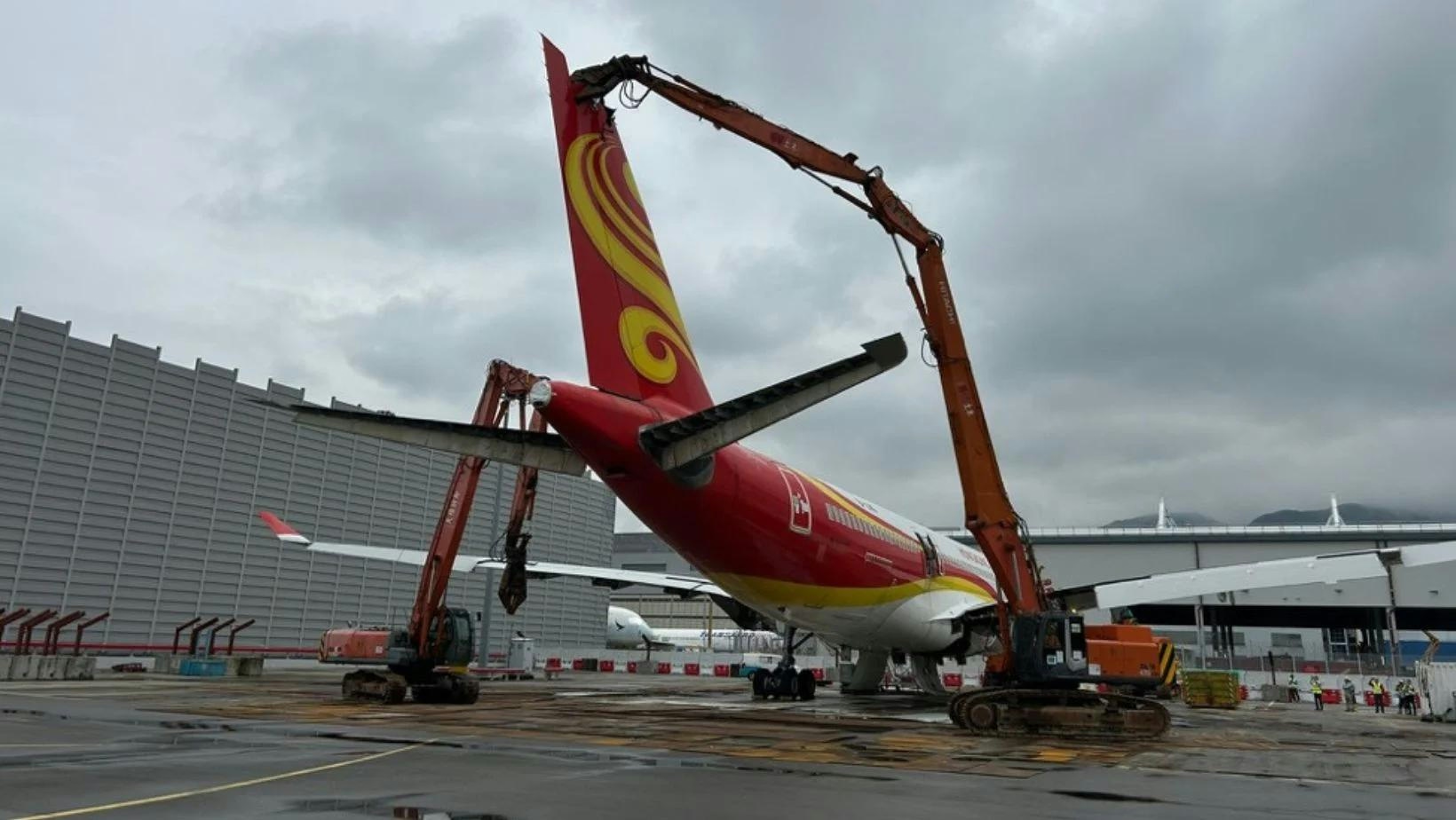
AerFin Conducts First Aircraft Disassembly at Hong Kong Airport
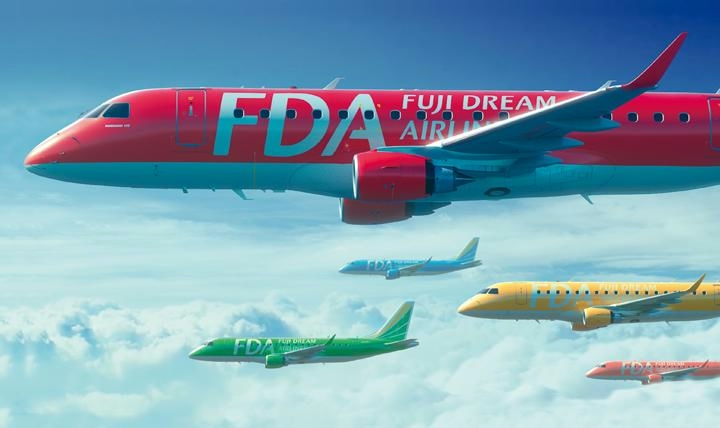
Fuji Dreams Airlines Renews Contract with IBS Software

Prague Airport Advances Traveler Experience Through Technology
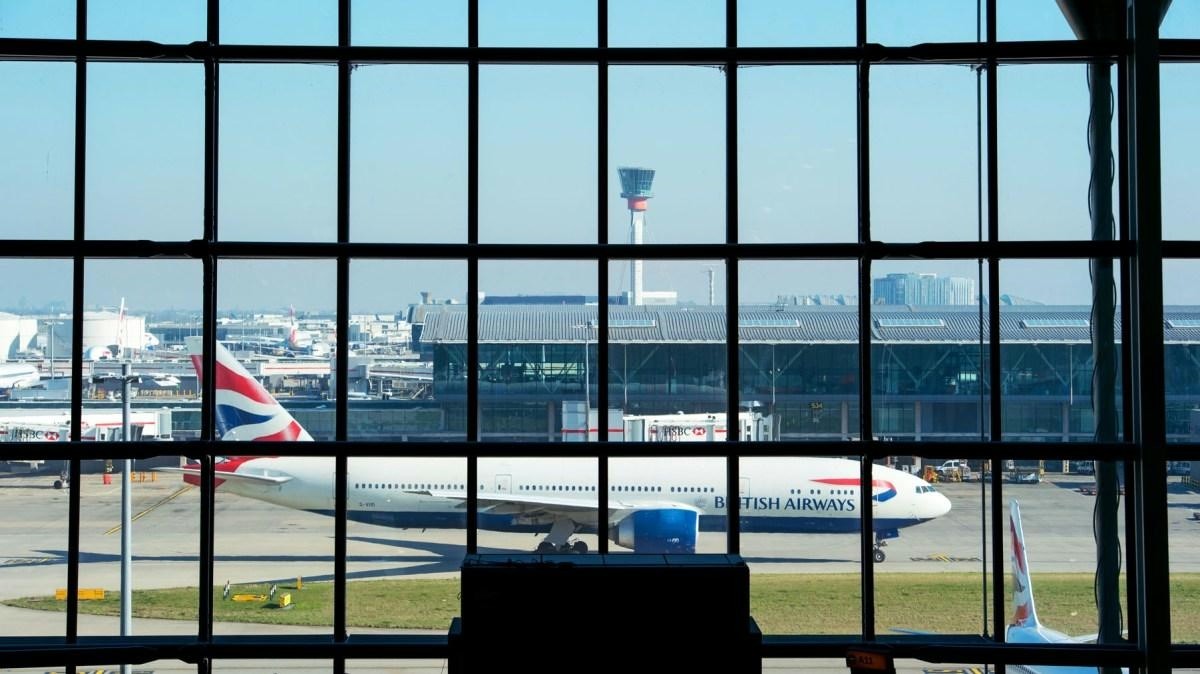
British Airways Employs AI to Reduce Delays and Cancellations

Bombardier's $1.7 Billion Deal Signals the Power of Long-Term Service Partnerships in Aviation
